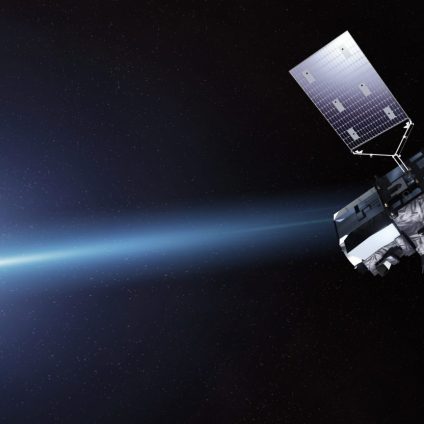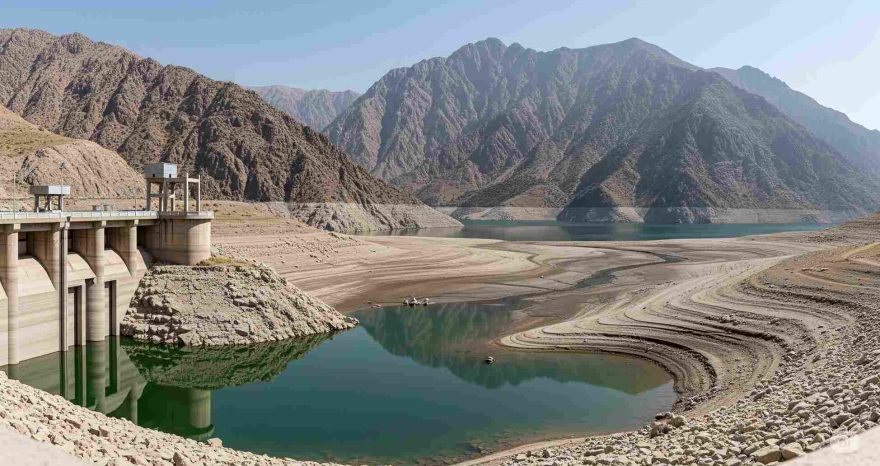Climate extreme events evolve faster, and a new European satellite offers near-instant forecasts and air quality data over Europe and North Africa

MTG-S1 will deliver unprecedented short-term storm forecasting, crucial as extreme weather accelerates due to climate change.
Europe has taken a major step toward greater resilience to climate extreme events with the launch of the Meteosat Third Generation Sounder 1 (MTG-S1) satellite. On July 1, a SpaceX Falcon 9 rocket successfully placed the MTG-S1 into its designated trajectory.
After deploying its solar panels, which power the satellite’s onboard instruments, MTG-S1 is now heading toward its final position in geostationary orbit, 22,000 miles (36,000 kilometers) above Earth. This will allow it to rotate in sync with the planet, effectively staying fixed above a specific region- in this case, Europe and North Africa.
New mission to track climate extreme events
MTG-S1 carries out a groundbreaking mission: the short-term forecasting of rapidly developing storms, which are becoming more frequent and intense due to climate change. It achieves this using an advanced instrument that scans nearly 2,000 wavelengths in the thermal infrared spectrum every 30 minutes. This data reveals atmospheric temperature, humidity, and trace gases, making it possible to anticipate severe instability before cloud formation even begins.
The technology also enables “nowcasting,” or highly accurate forecasts on a daily or hourly basis.
Sentinel 4: tracking air quality in real time
The satellite also hosts an instrument from the European Union’s Copernicus program. Known as Sentinel 4, this is the first mission dedicated to monitoring air quality over Europe and North Africa. It uses a spectrometer operating in the ultraviolet, visible, and near-infrared ranges to track trace gases and pollutants such as nitrogen dioxide, sulfur dioxide, and formaldehyde. Updates are provided every 60 minutes.
Sentinel 4 complements data from the Sentinel 5 missions aboard second-generation MetOp satellites. These satellites orbit the Earth in a low sun-synchronous path, passing over both poles every 90 minutes and monitoring the entire planet within 24 hours.
A global network of atmospheric observation
Sentinel 4 is part of a broader international collaboration. This includes South Korea’s GEMS sensor on the GEO-KOMPSAT-2B satellite, launched in 2020 to monitor Asia, and NASA’s TEMPO instrument aboard the Intelsat 40e, launched in 2023 to cover North America.
Together, these systems form a global framework for observing atmospheric composition and predicting the intensifying impact of climate extreme events on our daily lives.












